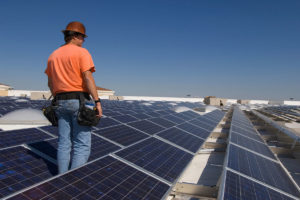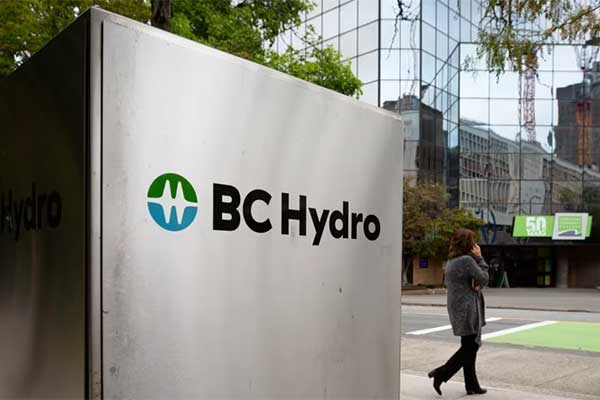- B.C. Hydro is planning to meet a forecasted surge in power demand by seeking larger sources of electricity and investing in Indigenous-led projects.
- Critics emphasize the need for long-term environmental sustainability and greater involvement of local and Indigenous communities in energy planning.
As British Columbia (B.C.) braces itself for a surge in power demand, B.C. Hydro, the Crown utility responsible for generating and distributing electricity in the province, is taking proactive steps to meet this challenge.
The company has recently revealed its intention to scout for new, larger sources of electricity, marking its first such initiative in a decade and a half.
This comes in response to a forecast that predicts a requirement for an additional 3,000-gigawatt hours per year of renewable energy as early as 2028, enough to power approximately 270,000 homes.
This timeline is three years ahead of previous estimates.
B.C. Hydro’s previous strategies were largely focused on energy conservation and renewing existing agreements with renewable power producers.
However, the growing interest in electrification and the subsequent increase in future electricity needs have necessitated a shift in approach.
The company is now prioritizing the acquisition of new renewable electricity to support the transition from fossil fuels to cleaner energy sources.
Furthermore, it is also striving to provide customers with more control over their electricity usage, optimize existing infrastructure, and incorporate the perspectives of Indigenous Nations in its decision-making process.
This approach is informed by the need to be flexible and adaptable amidst rapid technological advancements and policy changes.

The shift toward clean, reliable, affordable electricity is most visible in the rapid proliferation of solar panels mounted on the roofs of businesses.
This new direction has been further incentivized by the provincial government’s commitment to invest $140 million in the B.C Indigenous Clean Energy Initiative (BCICEI).
Spearheaded by Premier David Eby and Energy Minister Josie Osborne, this initiative aims to bolster Indigenous-led power projects and create economic opportunities for First Nations, thereby fostering community self-determination.
However, as B.C. Hydro takes these ambitious strides, it is worth noting that there are some concerns and criticisms.
Some argue that while B.C. Hydro’s monopoly allows it to dictate how energy is produced in the province, the corporation should focus more on long-term planning for the climate crisis rather than maximizing its present profits.
For example, the Ktunaxa Nation has proposed a substantial solar farm project, which would be an affordable source of renewable power, but it has faced resistance from B.C. Hydro.
Critics also point to the bureaucratic inertia within the organization, calling for a change from the status quo to truly embrace the energy transition.
Therefore, while B.C. Hydro’s plan to meet the future electricity demand is a step in the right direction, it is crucial to strike a balance between immediate economic gains and long-term environmental sustainability.
The decisions made will not only determine the province’s energy landscape but also significantly influence its ability to address climate change and foster inclusive economic growth.
As such, it is essential to have an inclusive approach, considering the voices and contributions of all stakeholders, including local communities and Indigenous Nations.














Comments